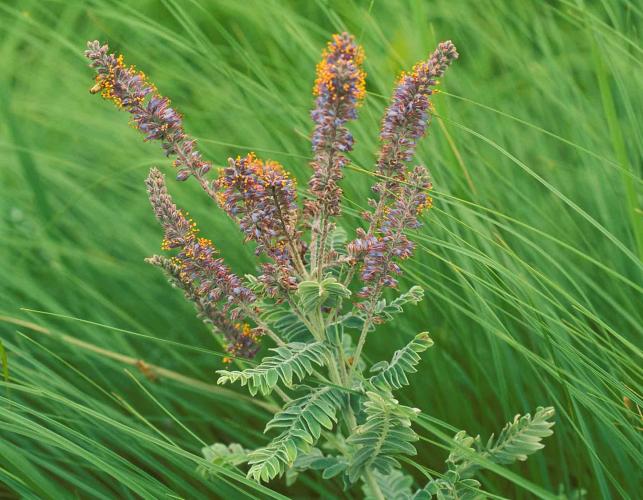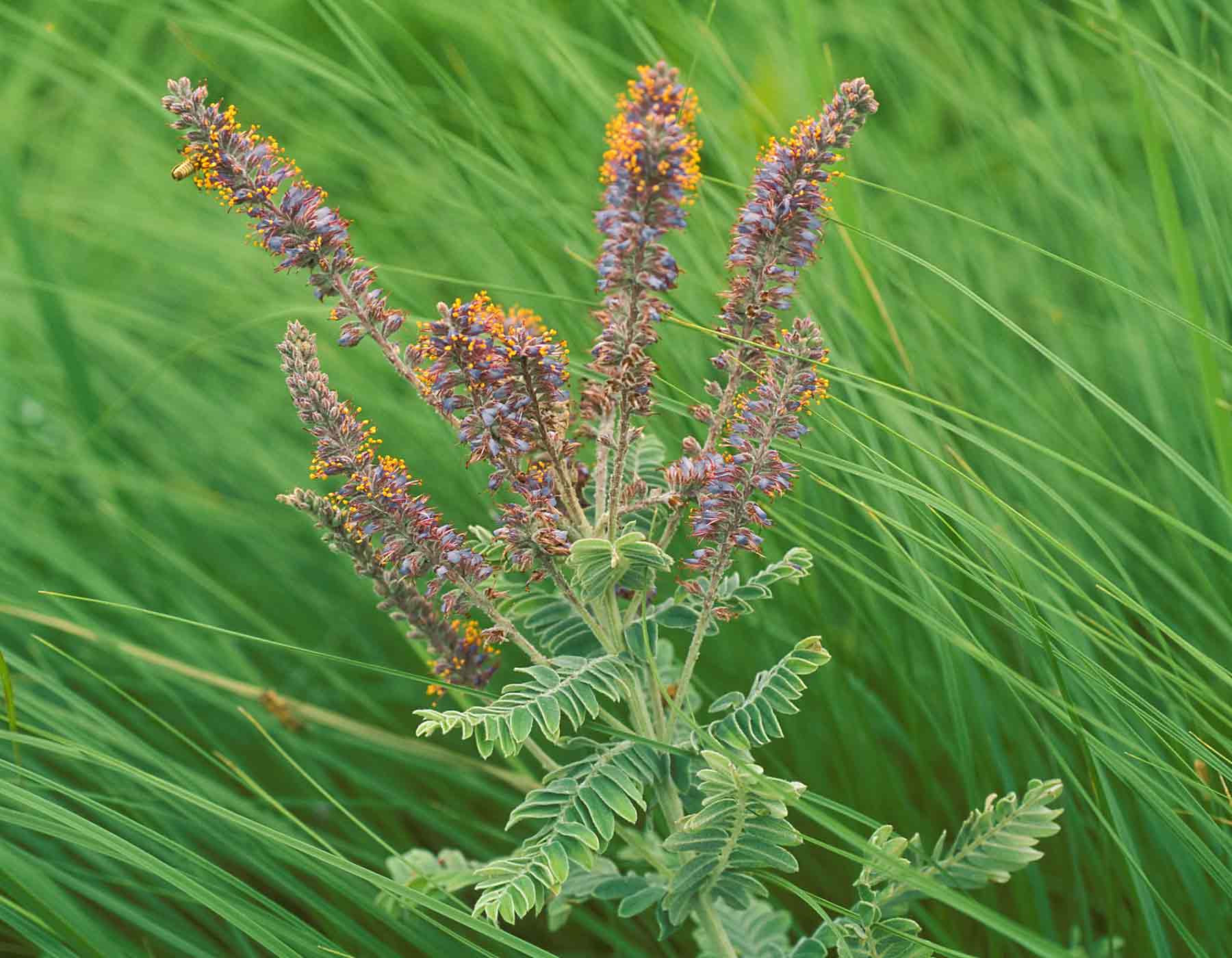
Xplor reconnects kids to nature and helps them find adventure in their own backyard. Free to residents of Missouri.


































Stay in Touch with MDC news, newsletters, events, and manage your subscription

Xplor reconnects kids to nature and helps them find adventure in their own backyard. Free to residents of Missouri.

A monthly publication about conservation in Missouri. Started in 1938, the printed magazine is free to residents of Missouri.


Normal 0 false false false EN-US X-NONE X-NONE /* Style Definitions */ table.MsoNormalTable {mso-style-name:"Table Normal"; mso-tstyle-rowband-size:0; mso-tstyle-colband-size:0; mso-style-noshow:yes; mso-style-priority:99; mso-style-parent:""; mso-padding-alt:0in 5.4pt 0in 5.4pt; mso-para-margin:0in; mso-para-margin-bottom:.0001pt; mso-pagination:widow-orphan; font-size:10.0pt; font-family:"Times New Roman","serif";}
KIRKSVILLE, Mo. — Missouri's natural areas represent some of the best — and last — examples of our state's original landscape. Here are places where you can still see the rare plants, animals, and geological features that pre-settlement native Americans knew well or that explorers such as Lewis and Clark observed and recorded. Discover nature and join staff from the Missouri Department of Conservation (MDC) and the Missouri Prairie Foundation for a tour of the biologically rich Spring Creek Ranch Natural Area from 10 a.m. to 2 p.m. on Saturday, May 24.
There is no cost for the tour, but preregistration by May 23 is required.
Participants will enjoy a 3.5-mile walking tour on a well maintained field trail, highlighting the Spring Creek Ranch Natural Area’s savanna and stream features. The majority of the hike is along ridge tops; however, there are portions with steep gradients.
The 1,769-acre Spring Creek Ranch Natural Area — located within Union Ridge Conservation Area (CA) — is the largest savanna of its type in Missouri according to MDC Fisheries Management Biologist Darren Thornhill. Savannas are areas of widely scattered trees (mainly oaks) with prairie grasses and wildflowers growing in the open spaces between
“Savannas were more common in Missouri in the 1800s. Today this natural community is rare,” said Thornhill. “While there are many areas with widely scattered trees (e.g., parks, pastures), the plants growing in-between are mostly non-native fescue.”
According to Thornhill, at least 284 plant species are known from Spring Creek Ranch Natural Area’s savanna, including conservative species such as leadplant, pale purple coneflower, New Jersey tea, finger coreopsis, and purple prairie clover. Additionally there are 21 fish species and three mussel species—yellow sandshell, liliput, and pondhorn.
Over the past decade, MDC staff has used prescribed fires, thinning, and removal of exotic, invasive species to restore the area’s savanna natural communities. At the same time fisheries biologists have been documenting the importance of this site for its intact prairie headwater stream system that sits in a watershed nearly all in a conservation ownership.
“This is a great opportunity for anyone interested in seeing what a savanna looks like to come and join us for this tour,” said Thornhill. “You don’t have to go to Africa to see spectacular wild savanna plants and animals. They are right here in Missouri!”
Attendees should bring a sack lunch, plenty of water, insect repellent, and should dress for the weather. To register or for more information, contact Thornhill at Darren.Thornhill@mdc.mo.gov or 660-785-2424, ext. 6537.
Begun in 1977, the state’s designated Natural Area program is a collaborative effort that includes MDC, Department of Natural Resources, U.S. Forest Service, National Park Service and other state and federal organizations. Locations that have been designated as Natural Areas are permanently protected and are managed for the purpose of preserving their natural quality. There are currently more than 180 sites that have been designated as Missouri Natural Areas.
Spring Creek Ranch Natural Area is approximately 22 miles west of Kirksville, near Greencastle.
To learn more about Missouri’s designated Natural Areas visit mdc.mo.gov.